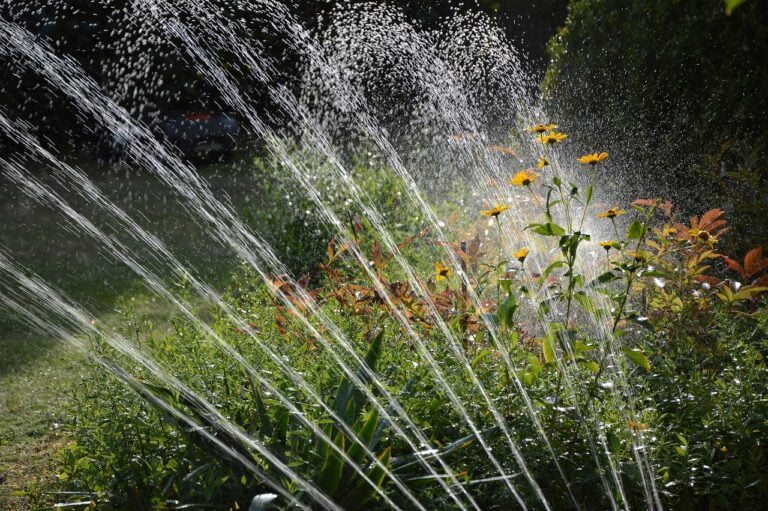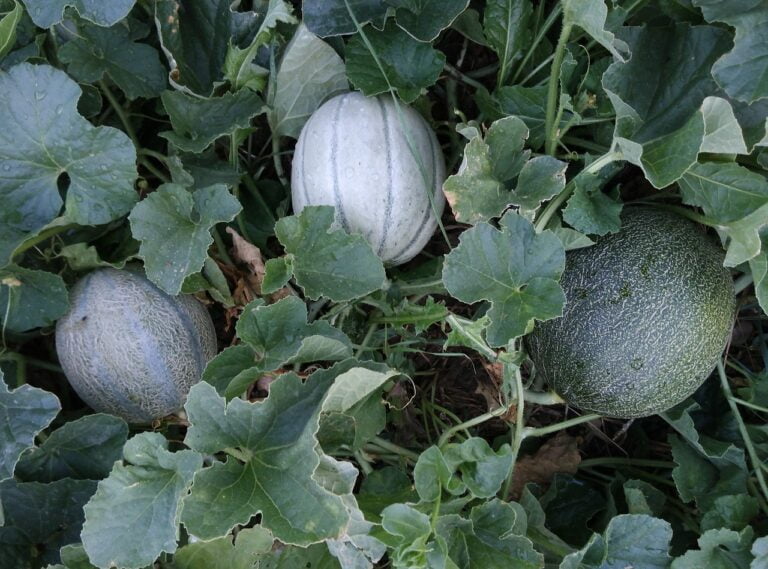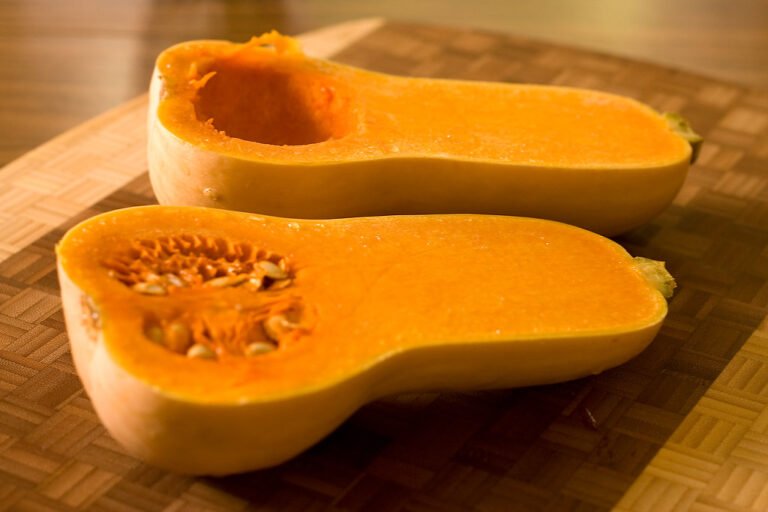How to Remove a Palm Tree
When removing a palm tree, begin by identifying the species and gathering necessary tools. Prioritize safety by wearing gloves, goggles, and sturdy shoes. Professional help is advisable for a smooth process. Assess the tree’s characteristics and root system. Use proper techniques, like cutting roots and rocking the stump out. Position the grinder correctly, start it, and grind below ground level. Burning the stump requires checking local rules, safety precautions, and monitoring closely until it’s gone. The ashes can be used for fertilizing plants. Completing these steps guarantees successful palm tree removal.
Preparing for Palm Tree Removal
Before deleting a palm tree, it is vital to capture a clear image of the tree for species identification and research different varieties online to comprehend their specific characteristics. This step is pivotal as it helps establish the best approach for removing the tree based on its type. Once you have identified the palm tree species, you can proceed with planning the removal process.
When it comes to eliminating a palm tree, there are several key steps to take into account. First, you will need to gather the necessary tools and equipment for the task. This includes a chainsaw for cutting down the tree, as well as safety gear such as gloves, goggles, and sturdy footwear to protect yourself during the process. It is vital to prioritize safety at all times when handling tree removal tasks.
If you are not experienced in tree removal or if the palm tree is particularly large, it is highly recommended to seek professional help. A reputable tree removal company will have the expertise and equipment needed to safely remove the tree, including grinding the stump and removing the roots efficiently. By enlisting the services of professionals, you can ensure a smooth and safe palm tree removal process.
Safety Measures During Palm Tree Removal
When removing a palm tree, it’s important to gear up with protective equipment like gloves, goggles, and helmets for safety. Clearing the work area around the tree and securing it is vital to prevent accidents. Using the proper equipment and following correct cutting techniques are key to ensuring a safe and successful palm tree removal process.
Safety Gear Essentials
During palm tree removal, making sure you wear the proper safety gear essentials is vital to protect yourself from potential injuries and hazards. A facemask shields your face from dust and airborne particles, while earmuffs safeguard your ears from loud noises during cutting. Gloves offer protection against debris, boots provide traction on uneven terrain, and protective eyewear prevents eye injuries. Safety measures like ear protection are essential to prevent accidents during palm tree removal. Prioritizing your safety with the right gear guarantees a smooth and secure removal process. Remember, investing in high-quality safety gear is an investment in your well-being while tackling palm tree removal tasks.
Clear Work Area
Clearing the work area of any obstacles, debris, or structures is important for guaranteeing a safe and efficient palm tree removal process. When preparing the work area for palm tree removal, consider the following safety measures:
- Eliminate any potential hazards: Check for nearby power lines, buildings, or obstacles that could hinder the removal process.
- Establish a safe distance: Ensure there is ample space around the palm tree for cutting, lowering, and disposal activities.
- Ensure proper ventilation and lighting: Good visibility is essential during the removal process to prevent accidents.
- Keep tools organized: Have all necessary tools and equipment within easy reach to maintain a smooth and safe workflow during the professional tree removal.
Proper Equipment Use
Utilizing the appropriate safety gear and equipment is essential for ensuring a secure and efficient palm tree removal process. When dealing with palm trees, it’s vital to have the right tools on hand. A chainsaw is typically needed to cut through the thick trunk, while a stump grinder can help remove the root ball deep enough for a successful extraction. Protective equipment like gloves, goggles, and ear protection should always be worn to prevent injuries. If unsure about handling the equipment, hiring a reputable tree removal service is recommended. Prioritize safety by following the manufacturer’s guidelines, inspecting tools for any damage, and keeping a first aid kit nearby in case of emergencies during the tree relocation process.
Researching Removal Methods
When faced with removing a palm tree, it’s essential to thoroughly research the various removal methods available. Assess the size and location of the tree to determine which technique would be most effective. Prioritize safety precautions throughout the research process to guarantee a smooth and secure removal experience.
Assess Tree Size
To properly evaluate the size of a palm tree for removal, researching the average height and spread of the specific species is crucial. When assessing a palm tree, take into account the weight distribution to plan for precise cutting techniques. Evaluate the root system’s depth and spread to anticipate the effort required for stump removal. Determine if the palm tree has a single trunk or multiple trunks to strategize the removal process effectively. Understanding the growth habit of the palm tree can help predict potential challenges during removal. By considering these factors, you can prepare sufficiently for the task at hand and guarantee a smoother removal process.
Choose Removal Method
After researching various palm tree removal methods like cutting, grinding, or rotting the stump, it is important to assess the cost and time involved in each technique before making a decision. The size and age of the palm tree stump should also be considered to determine the most suitable removal method. Seeking advice from professionals or rental services can guarantee efficient and safe palm tree stump removal. Cost-effective options like grinding may be preferable for larger stumps, while cutting might be faster for smaller ones. Safety should always be a priority, so wearing protective gear and following proper removal techniques is essential to avoid injuries. Make an informed choice based on these factors to successfully remove the palm tree stump.
Safety Precautions
Investigating different palm tree removal methods is essential for ensuring the safety and effectiveness of the removal process. When considering safety precautions for palm tree removal, it’s vital to follow these guidelines:
- Consult Online Resources: Investigate detailed guides and videos to understand the intricacies of palm tree removal techniques.
- Seek Professional Advice: Consider seeking advice from professional arborists or tree removal services for expert guidance on safety measures.
- Check Local Regulations: Guarantee compliance with laws and guidelines pertaining to tree removal in your area.
- Use Protective Gear: Prioritize safety by wearing appropriate protective gear, using the correct tools, and following step-by-step removal protocols.
Digging Out the Palm Tree Stump
As I prepare to tackle the task of digging out the palm tree stump, I pick up my shovel and assess the surface roots for slicing or sawing before delving deeper into the removal process. Working methodically, I carefully expose the roots, making sure that I cut them cleanly to facilitate the stump’s extraction. After dealing with the surface roots, I use a crowbar to pry them out gently, gradually revealing the main roots anchoring the stump.
With each root I expose, I meticulously sever it from the stump, making way for its eventual removal. Wearing protective gloves, I guarantee my hands are shielded as I work through the intricate network of roots. As the roots are cleared, the stump becomes looser, allowing me to rock it back and forth until it finally breaks free from the soil.
Successfully extracting the palm tree stump not only eliminates a potential safety hazard but also improves the aesthetics of the surrounding area. By following proper techniques and taking the time to remove the stump thoroughly, I ensure that the job is done effectively. This meticulous approach not only guarantees a successful removal but also contributes to the overall safety and appeal of the landscape.
Grinding Up the Palm Tree Stump
To effectively grind up the palm tree stump, the next step involves utilizing a powerful stump grinder machine equipped with rotating cutting discs. Renting a stump grinder for palm tree stump removal can cost between 190 to 270 per day, but it is a worthwhile investment for a smooth removal process.
- Positioning the Grinder: Prior to starting, make sure the grinder is positioned directly in front of the stump, with the cutting disc aligned at the center for balanced grinding.
- Starting the Grinder: Switch on the machine and slowly lower the cutting disc onto the stump. Begin grinding in a side-to-side motion to gradually reduce the stump to wood chips.
- Grinding Below Ground Level: Work systematically to grind the stump down to below ground level. This ensures a level surface and complete removal of the root system.
- Post-Grinding Treatment: Once the stump is ground, treat the area with soil to fill in the hole left by the stump. Planting grass seed will encourage new growth and help blend the area seamlessly into the surrounding landscape.
Burning the Palm Tree Stump
Burning a palm tree stump is a cost-effective method that requires caution and adherence to local regulations. Before proceeding, check with your local authorities to make sure burning the stump is allowed in your area. Safety is paramount, so take necessary precautions and have a fire extinguisher nearby in case of emergencies. The burning process can be time-consuming and may take several hours to completely remove the stump.
When burning the palm tree stump, create a safe perimeter around the area to prevent the fire from spreading. Start the fire in the center of the stump and allow it to burn gradually. Keep a close eye on the fire at all times to prevent accidents.
Once the stump has burned down, you will be left with ashes. These ashes can be a valuable resource as a natural fertilizer for your plants and garden. Spread the ashes around your garden to enrich the soil with essential nutrients.
Remember to dispose of any remaining debris safely and responsibly. Burning the palm tree stump can be an effective way to remove it, but always prioritize safety and follow the necessary guidelines to make sure a successful outcome.






